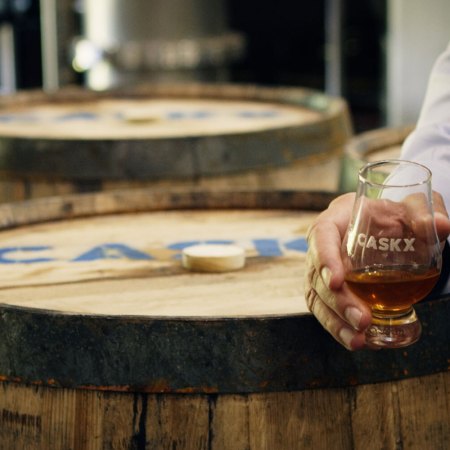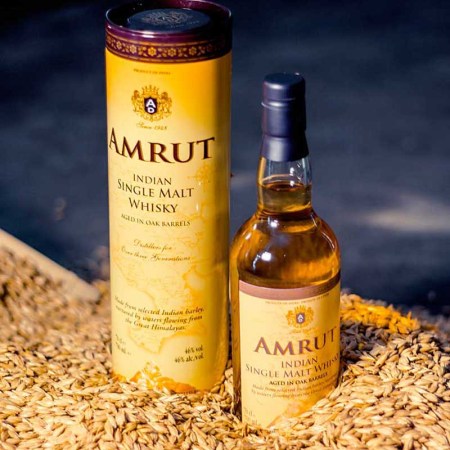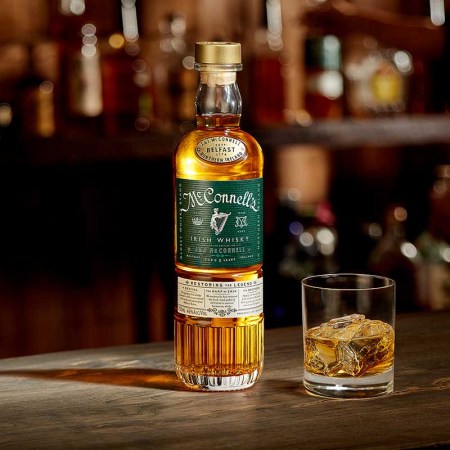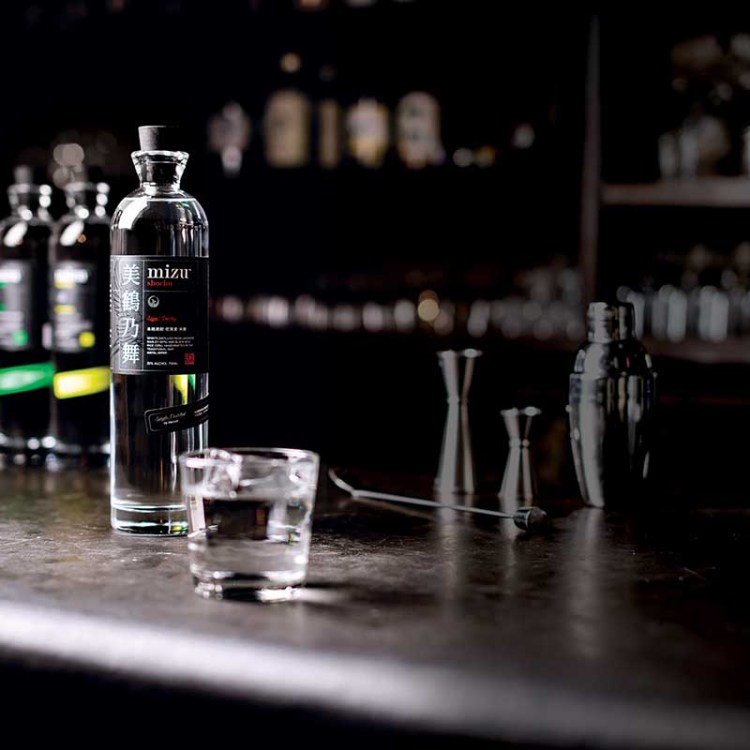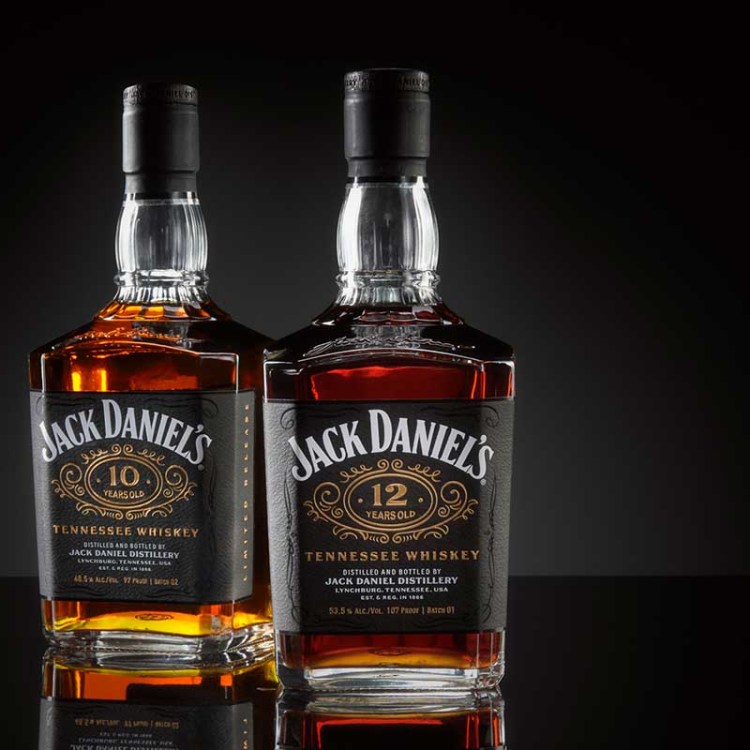Salcombe Distilling co-founder Angus Lugsdin mentioned to me a few weeks ago that one of the English brand’s luxury products (a series of gins developed in collaboration with renowned chefs and winemakers) wasn’t available in the U.S. due to size; the bottles they were using (500 mL) aren’t a recognized legal standard here.
While that stays true, we may get some other desirable imports soon. Slipped into an end-of-year ruling, the Alcohol and Tobacco Tax and Trade Bureau (TTB) recently approved seven new standards of fill for wine and distilled spirits. Those are 200, 250 and 355 mL containers for wine, and 700, 720 and 900 mL and 1.8 L for spirits.
“These new container sizes will provide bottlers with flexibility by allowing the use of the added container sizes, and will facilitate the movement of goods in domestic and international commerce, while also providing consumers broader purchasing options,” the government agency stated on its website.
Technically, this means domestic brands could start offering smaller (or larger) fills to their bottles. The important part is that a lot of spirits brands based overseas who work with a standard of 700 mL bottles can now import their wares here without new bottlings. “This change allows us to introduce the majority of our global portfolio into the American market, including brands like The Character of Islay Whisky Co. and Darkness,” Juan-Marc Correia, global head of sales at Atom Brands, told Whisky Advocate.
Wine makers also come out ahead here, as the 200 mL size is popular in Europe for canned vino, and the new 355 mL standard means you can now buy wine in the same size container as a can of beer.
It could have been better, though. The TTB had proposed eliminating almost all guidelines, with the exception of a minimum size (50 mL) and a maximum size (1.75 L).
Thanks for reading InsideHook. Sign up for our daily newsletter and be in the know.

